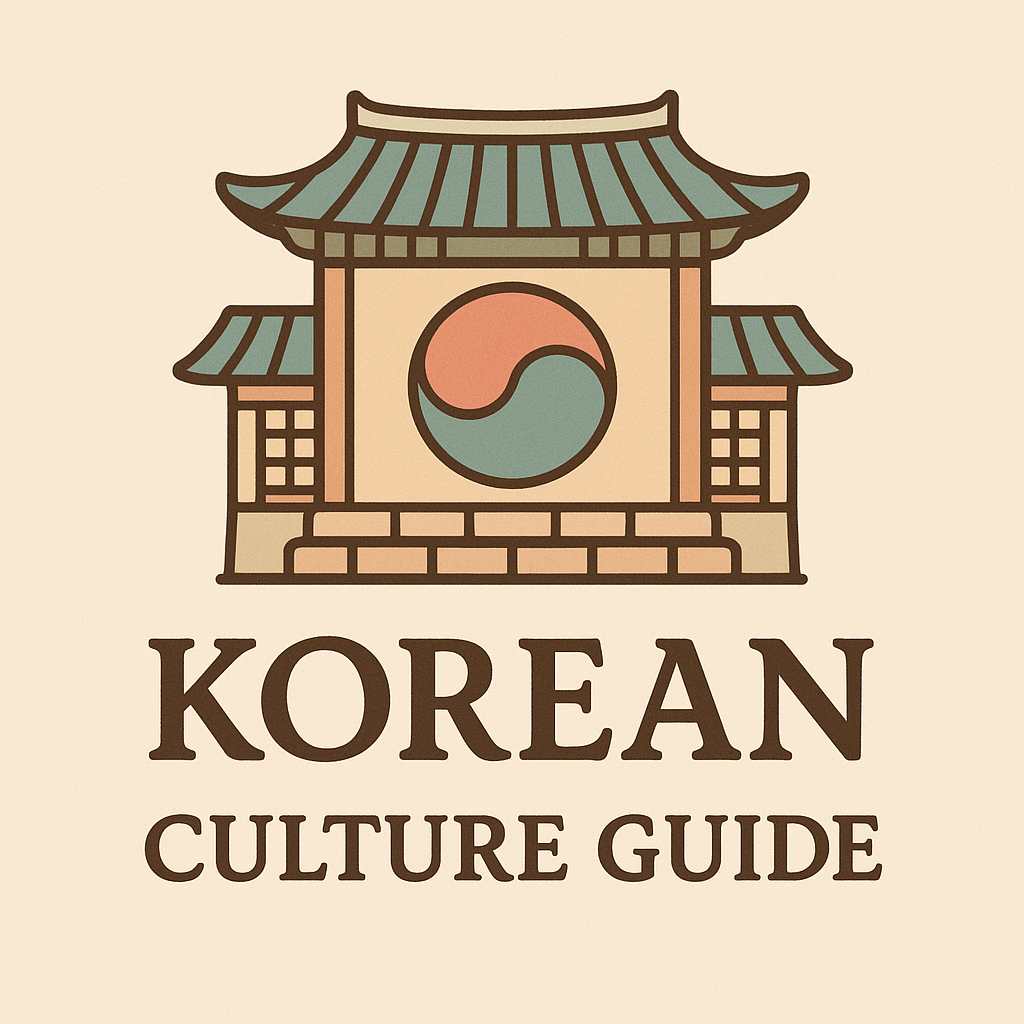-
contents
Chuseok, often called “Korean Thanksgiving,” is far more than a time for food and family gatherings. It is a deeply rooted tradition that reflects the nation’s spiritual values, agricultural history, and emphasis on ancestry. With origins dating back thousands of years, Chuseok has evolved yet maintained its essential meaning—gratitude. It is a celebration of the harvest, a remembrance of the ancestors, and a symbol of unity across generations.
In this article, we’ll explore the cultural, historical, and emotional significance of Chuseok in Korean life. From ceremonial rituals to traditional foods and the great homecoming journeys, every aspect of Chuseok reveals something powerful about Korean identity.
What Is Chuseok? Korea’s Most Meaningful Holiday
Chuseok (추석) is celebrated on the 15th day of the 8th lunar month, usually in September or October, during the full harvest moon. It is one of Korea’s most important holidays, alongside Seollal (Lunar New Year). Families come together to celebrate the end of the harvest season and give thanks for nature’s abundance.
The word "Chuseok" literally means "autumn evening," and the round full moon seen that night has traditionally symbolized completeness, prosperity, and unity. This is why many Chuseok customs are built around family harmony and the idea of sharing. Though often compared to American Thanksgiving, Chuseok is more deeply tied to ancient traditions and spiritual beliefs.
Honoring Ancestors: The Ritual of Charye
One of the most sacred parts of Chuseok is charye (차례), a ceremonial ritual where families honor their ancestors. On the morning of Chuseok, a table is set with beautifully prepared foods—rice, soup, fruits, jeon (pancakes), and meat—arranged in a specific order. The eldest son usually leads the ritual, bowing in respect and offering the dishes to the spirits of deceased family members.
Charye is more than just a tradition—it is an emotional bridge connecting the living with the past. It expresses gratitude for the lives that came before, while also asking for continued blessings. Even in modern urban life, many Koreans still make time for this ritual, recognizing its importance in maintaining family heritage and spiritual balance.
Songpyeon and Harvest Foods: Eating With Meaning
Chuseok would not be complete without songpyeon (송편), a crescent-shaped rice cake made with glutinous rice dough and filled with ingredients like sesame seeds, honey, red beans, or chestnuts. Families traditionally gather on the eve of Chuseok to make songpyeon together, a process filled with laughter, stories, and bonding.
The shape and color of songpyeon carry meaning—the half-moon represents hope and future prosperity, while the ingredients inside symbolize blessings. There’s even a belief that the person who makes the prettiest songpyeon will meet a good partner or have good fortune. Other foods such as freshly harvested fruits, namul (wild vegetables), and fish are served during Chuseok to reflect nature’s gifts.

Returning to One’s Roots: The Tradition of Hometown Visits
Chuseok is a time when the entire country moves. Known as gwiseong (귀성), millions of people travel from cities back to their hometowns to be with extended family. Train stations and highways are packed, and tickets sell out weeks in advance. It’s one of the few times in the year when long-separated families reunite under one roof.
This homecoming is more than a physical journey—it’s emotional. People reconnect with their roots, grandparents, cousins, and even childhood memories. These gatherings help maintain the intergenerational bonds that are central to Korean society. In an increasingly individualistic world, Chuseok remains a powerful reminder of family and belonging.
Seongmyo and Beolcho: Paying Respect at the Graves
Another important Chuseok tradition is seongmyo (성묘), the practice of visiting ancestral graves. Families visit burial sites to clean them—a process known as beolcho (벌초)—and offer food and prayers. The act of pulling weeds, arranging stones, and making bows in front of the grave shows deep respect and care for those who have passed.
Even younger generations participate in this ritual, learning about their family history along the way. It’s not just a responsibility; it’s a moment of reflection, gratitude, and humility. By caring for ancestral graves, Koreans show that death is not the end of connection—it’s part of a continuing relationship across time.
The Evolving Chuseok: Blending Tradition with Modern Life
Today, not every Korean family observes Chuseok in the same way. Some have moved away from full charye ceremonies and opt for simplified versions, or instead travel domestically or internationally during the long holiday break. Gift-giving has become commercialized, with premium fruit boxes, spam sets, and health supplements becoming popular.
Despite these changes, the spirit of Chuseok endures. Schools still teach children how to make songpyeon, companies close for the holiday, and media outlets broadcast traditional programs. Whether it’s through a modern dinner or a ritual passed down for centuries, Koreans continue to honor the core values of Chuseok: gratitude, family, remembrance, and harmony.
Why Chuseok Still Matters Today
In a rapidly changing world filled with digital distractions and fast-paced routines, Chuseok offers a rare chance to pause. It invites people to reflect—not just on their own lives, but on their connection to family, nature, and heritage. Even for Koreans living abroad, celebrating Chuseok becomes a way to preserve identity and share culture.
At its core, Chuseok isn’t just about the past—it’s about continuity. It teaches that honoring where we come from strengthens who we are. Whether by bowing to a grandparent, eating handmade rice cakes, or watching the full moon rise, Chuseok helps Koreans feel whole, grounded, and grateful. That is why this holiday still resonates, year after year.
'culture' 카테고리의 다른 글
K_Culture Guide
Korea Vibes Blog shares real stories, cultural insights, and travel tips from Korea. Discover what makes Korean life so unique.
